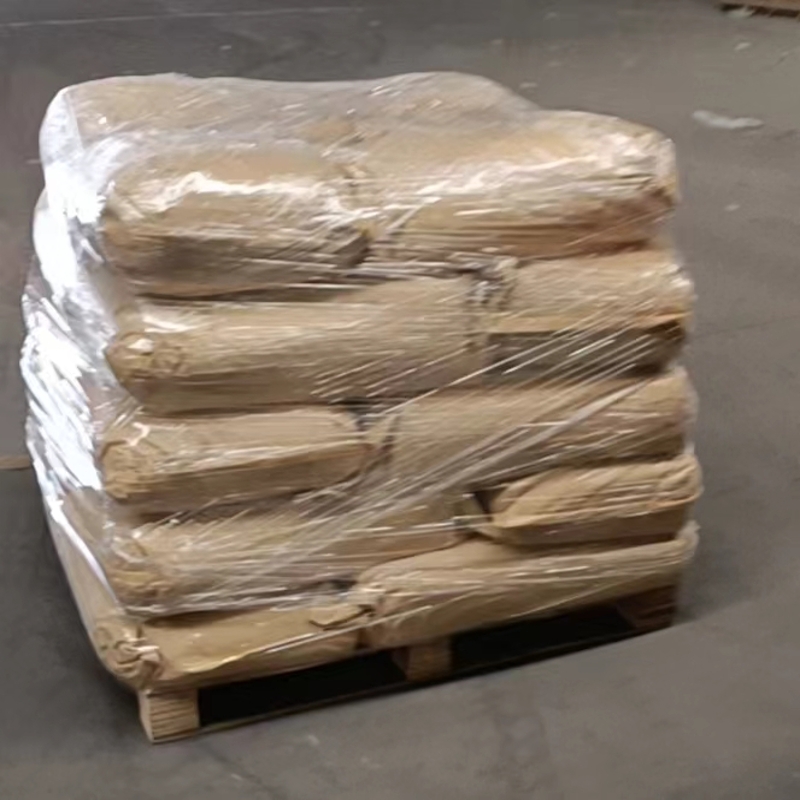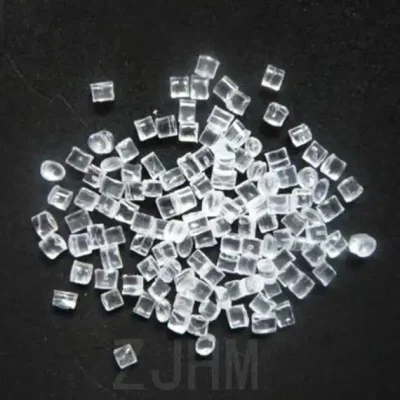-
Categories
-
Pharmaceutical Intermediates
-
Active Pharmaceutical Ingredients
-
Food Additives
- Industrial Coatings
- Agrochemicals
- Dyes and Pigments
- Surfactant
- Flavors and Fragrances
- Chemical Reagents
- Catalyst and Auxiliary
- Natural Products
- Inorganic Chemistry
-
Organic Chemistry
-
Biochemical Engineering
- Analytical Chemistry
-
Cosmetic Ingredient
- Water Treatment Chemical
-
Pharmaceutical Intermediates
Promotion
ECHEMI Mall
Wholesale
Weekly Price
Exhibition
News
-
Trade Service
According to the Wall Street Journal, on Tuesday, AT&T, the second-largest mobile operator in the United States, announced that it had discovered a new way
to directly transmit gigabit-class high-speed wireless networks through wires.
The new technology, which AT&T calls "AirGig," is said to be a cheaper and more convenient way to simply place a special antenna on the top of a pole, and the wireless signal from the antenna will travel
outward around the surface of the wire.
As a result, transmission lines with wireless signals can provide us with high-speed network services at gigabit speeds, and transmission lines bring the Internet to remote areas
that are inaccessible to people.
John Donovan, AT&T's chief strategy officer, said any resident with wires around their house can easily pick up a wireless network signal
in their house.
In addition, Donovan said that when users select a wireless signal of a specific frequency, they can even receive this wireless network signal
at a very long distance from the wire.
Of course, this technology is not yet practical
.
AT&T said it has filed patent applications for the technology and is looking for a good place to field test
it next year.
However, even if everything goes smoothly with this project, it will still take several years to commercialize it
.
Dr.
Donovan said that this technology that relies on existing wires to transmit wireless network signals has its obvious advantages, that is, there are now massive transmission networks around the world, even those remote areas
that have not been reached by traditional broadband or wireless network signals.
Therefore, with this new technology, the Internet does not need to install new cables or dig up streets for this purpose, so it can deliver high-speed broadband services to cities or remote suburbs
in a very cheap way.
According to the Wall Street Journal, on Tuesday, AT&T, the second-largest mobile operator in the United States, announced that it had discovered a new way
to directly transmit gigabit-class high-speed wireless networks through wires.
The new technology, which AT&T calls "AirGig," is said to be a cheaper and more convenient way to simply place a special antenna on the top of a pole, and the wireless signal from the antenna will travel
outward around the surface of the wire.
As a result, transmission lines with wireless signals can provide us with high-speed network services at gigabit speeds, and transmission lines bring the Internet to remote areas
that are inaccessible to people.
John Donovan, AT&T's chief strategy officer, said any resident with wires around their house can easily pick up a wireless network signal
in their house.
In addition, Donovan said that when users select a wireless signal of a specific frequency, they can even receive this wireless network signal
at a very long distance from the wire.
Of course, this technology is not yet practical
.
AT&T said it has filed patent applications for the technology and is looking for a good place to field test
it next year.
However, even if everything goes smoothly with this project, it will still take several years to commercialize it
.
Dr.
Donovan said that this technology that relies on existing wires to transmit wireless network signals has its obvious advantages, that is, there are now massive transmission networks around the world, even those remote areas
that have not been reached by traditional broadband or wireless network signals.
Therefore, with this new technology, the Internet does not need to install new cables or dig up streets for this purpose, so it can deliver high-speed broadband services to cities or remote suburbs
in a very cheap way.







